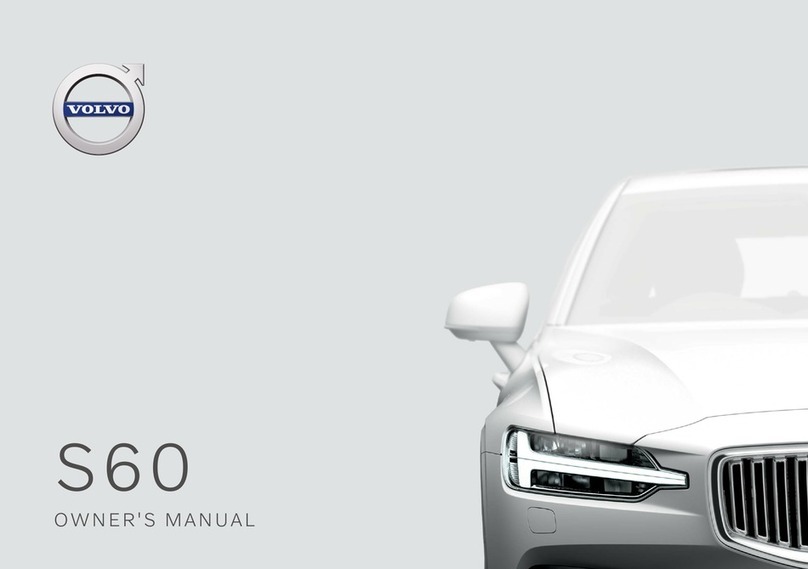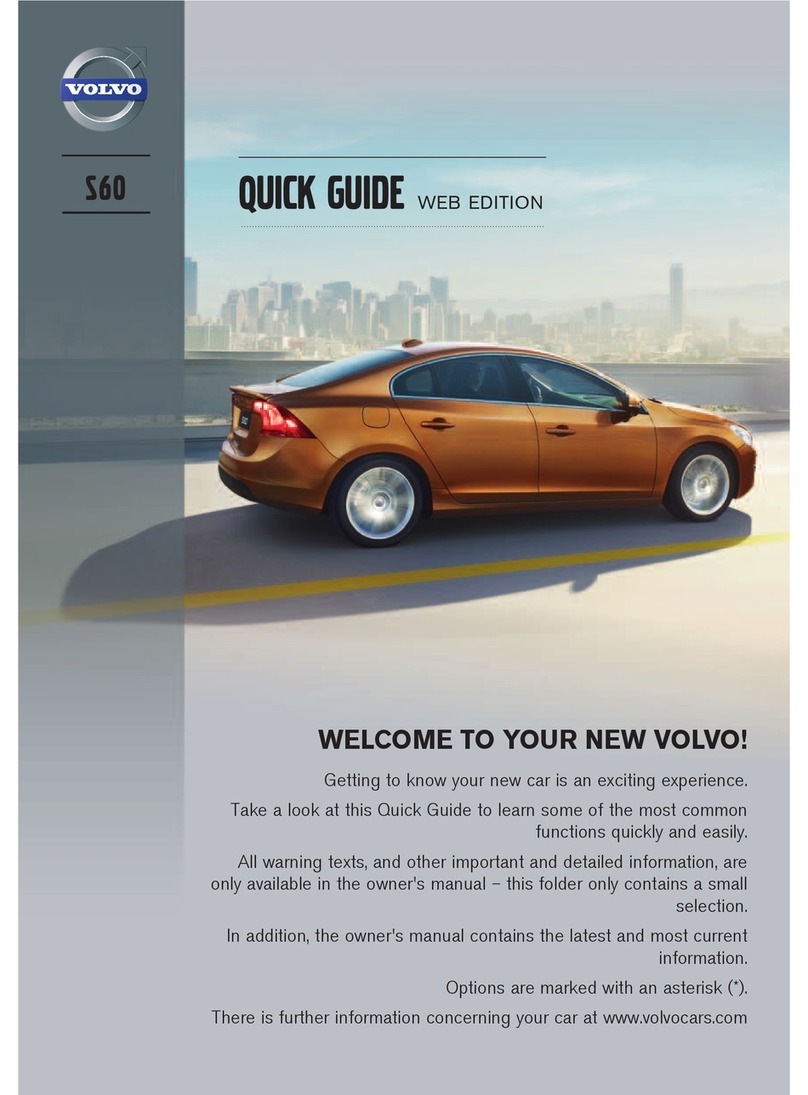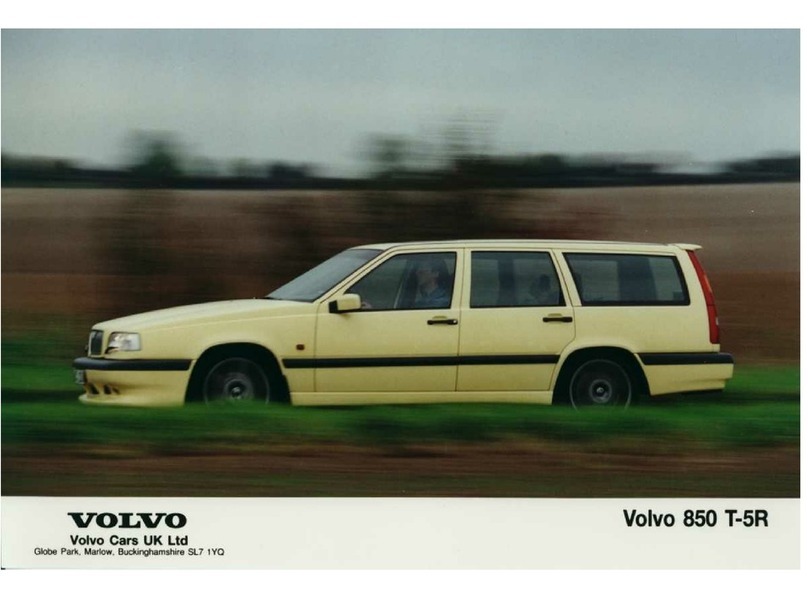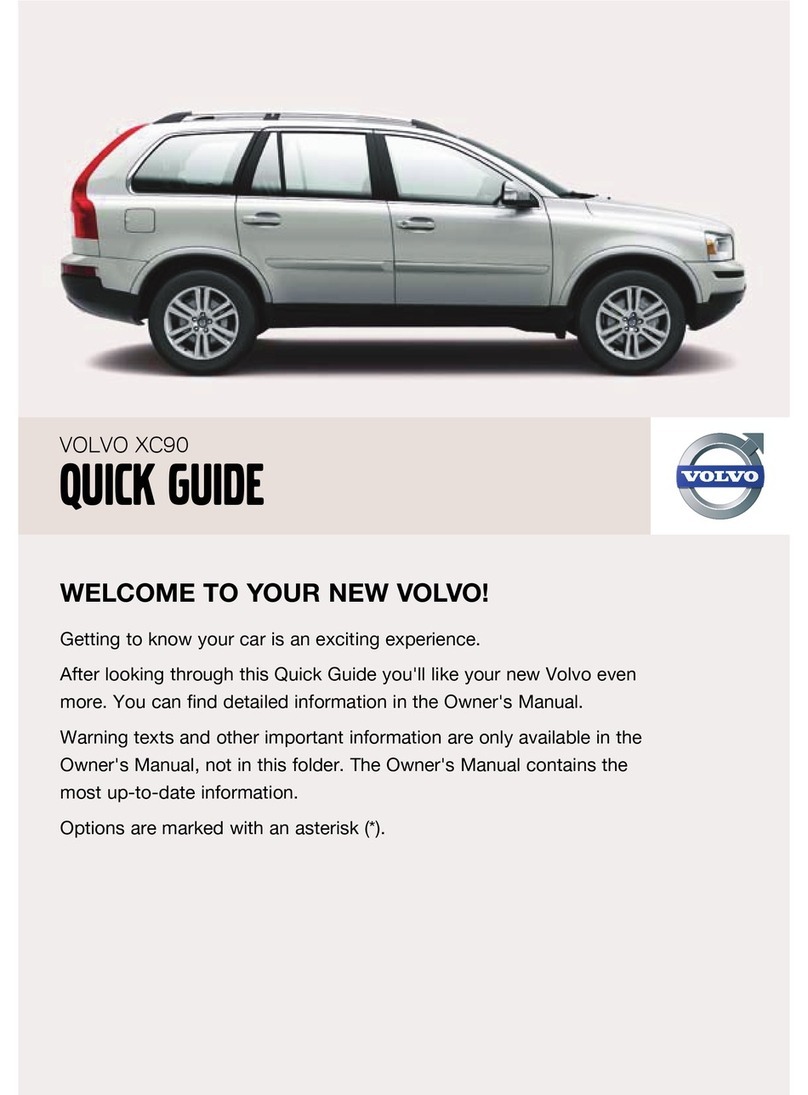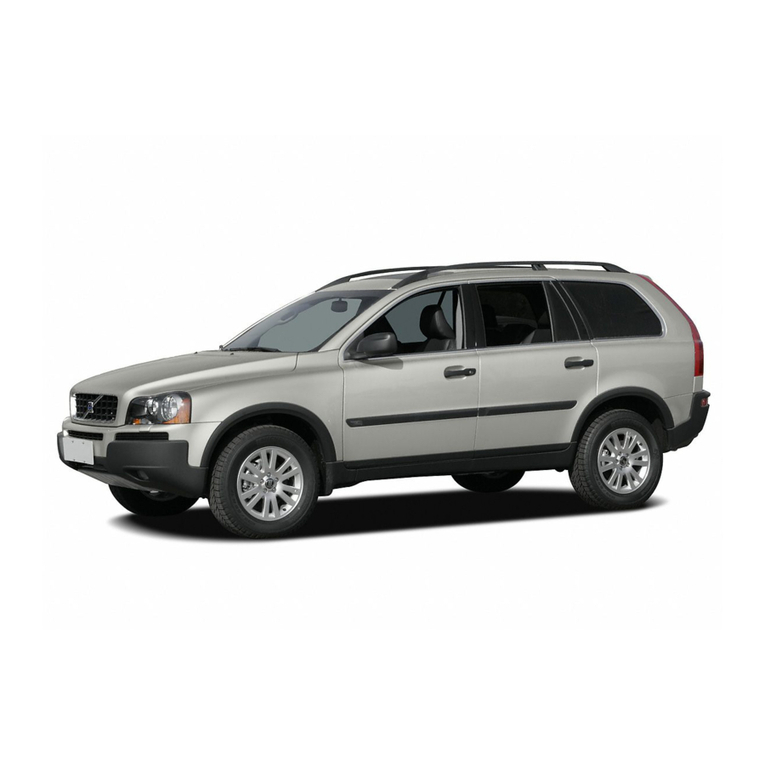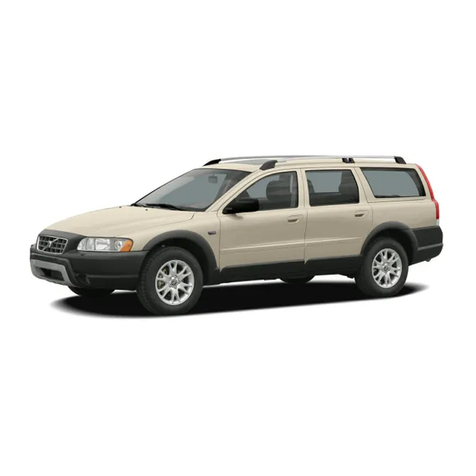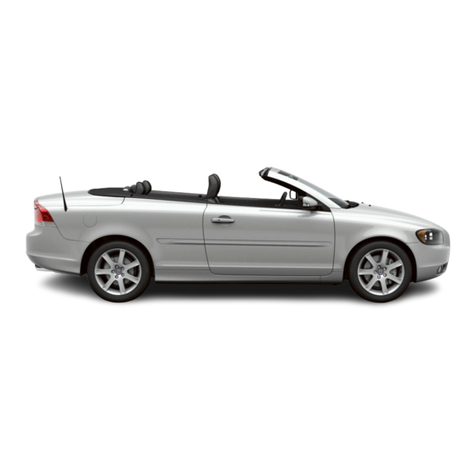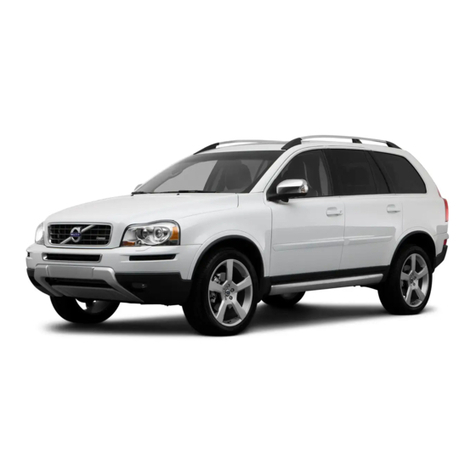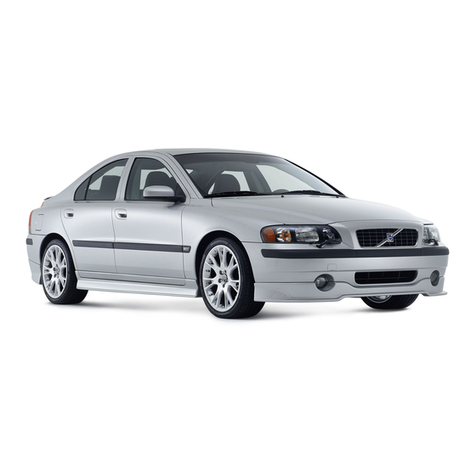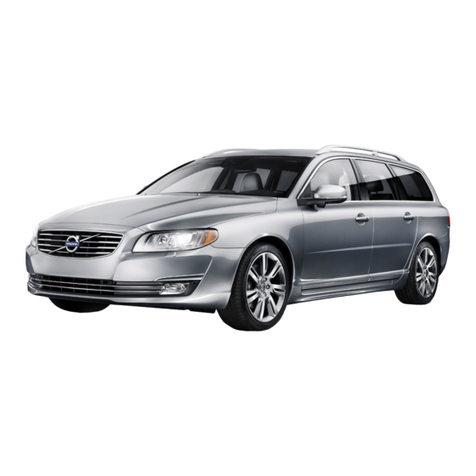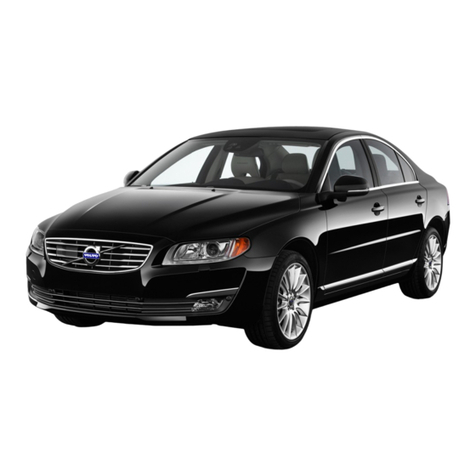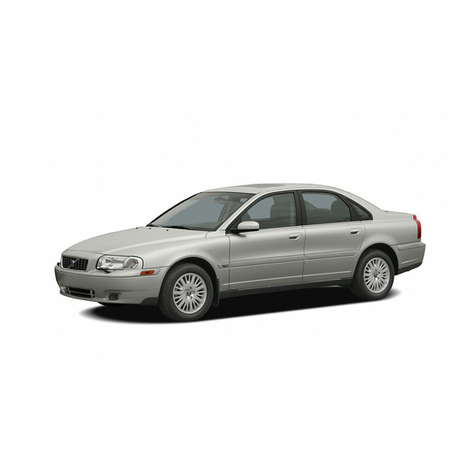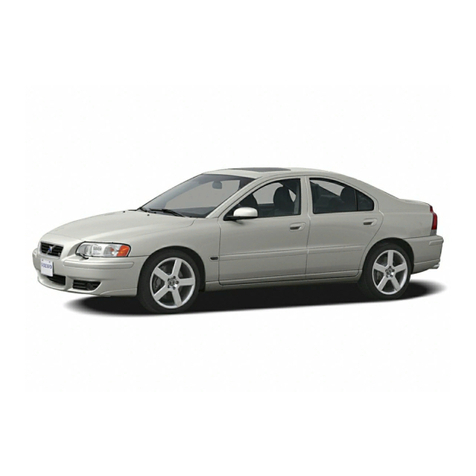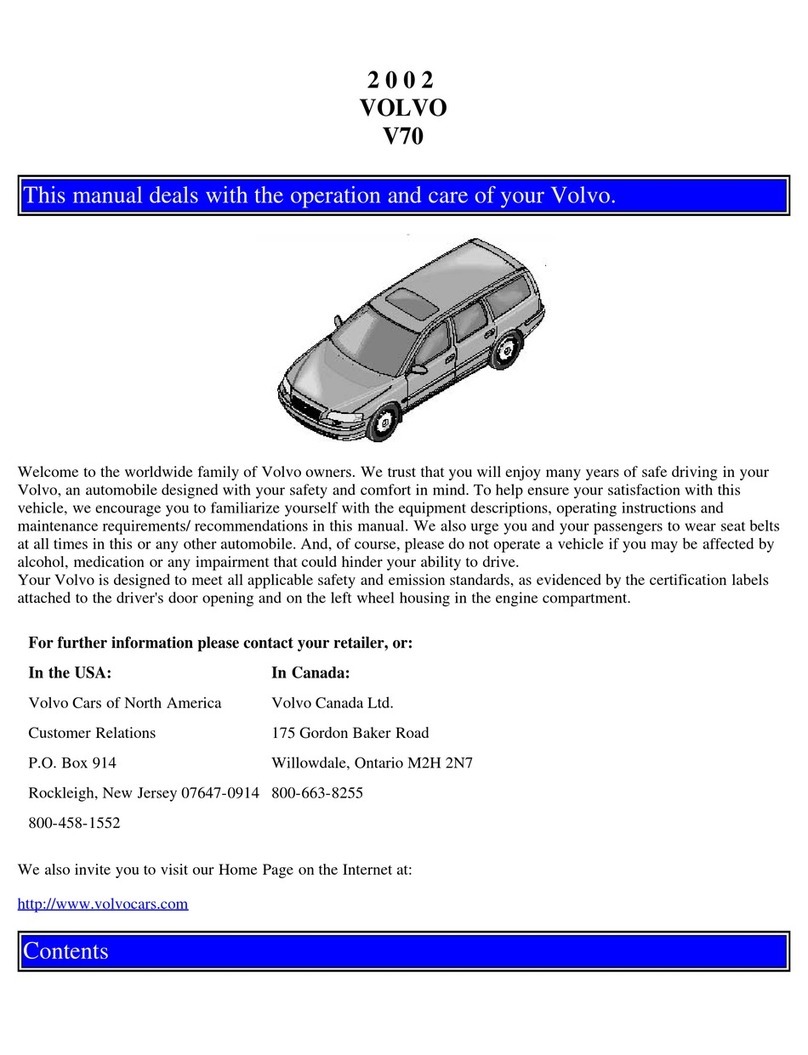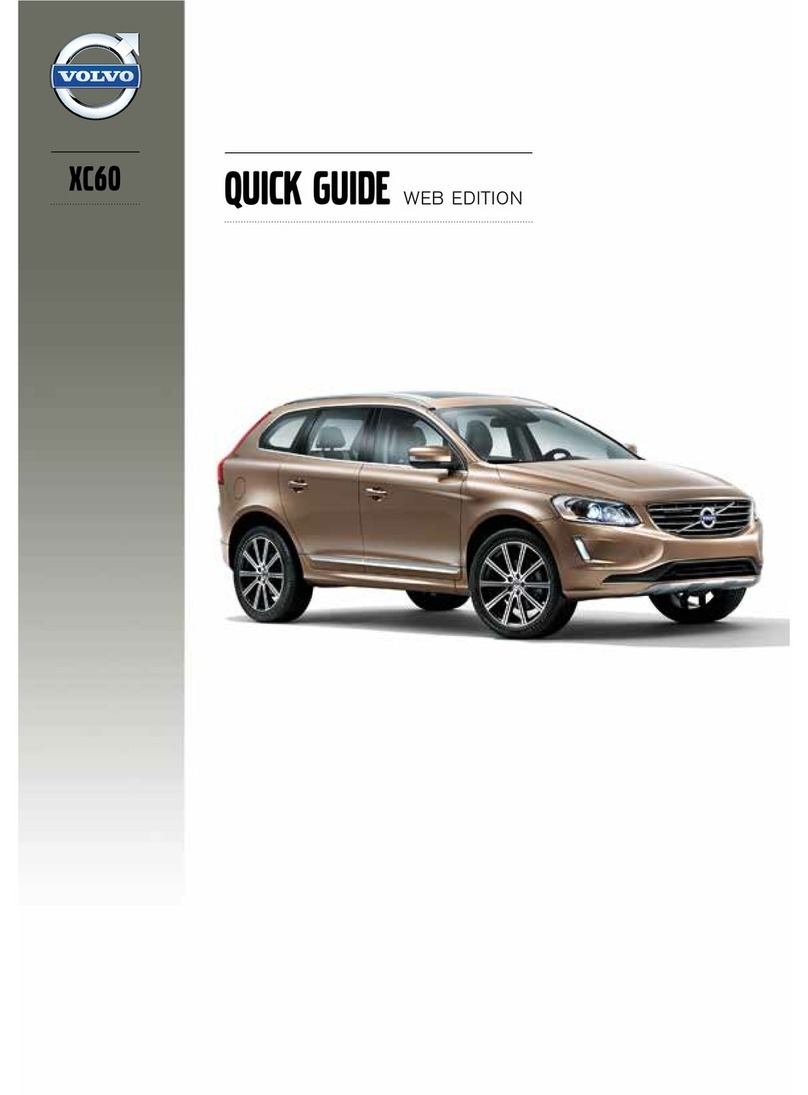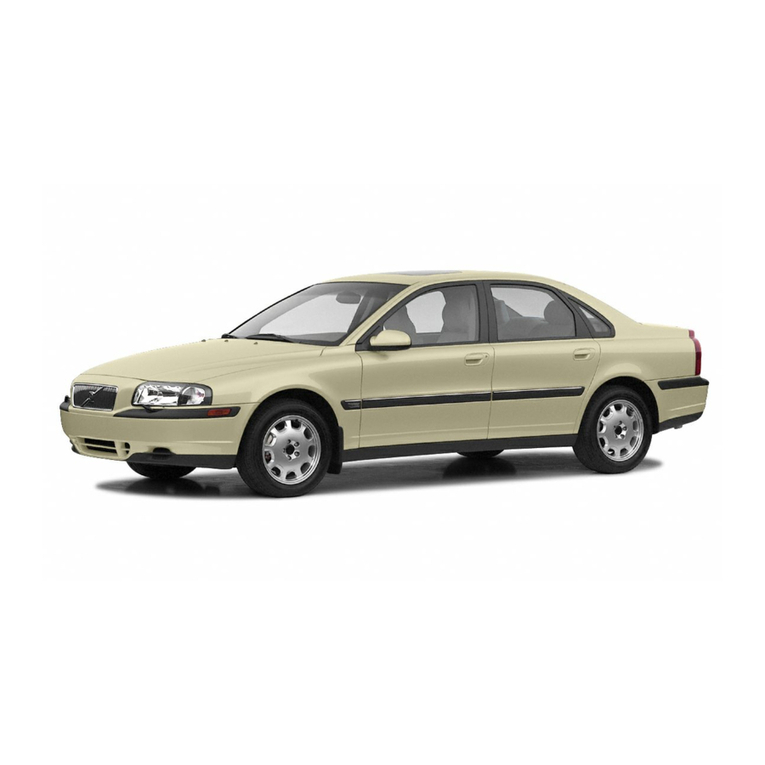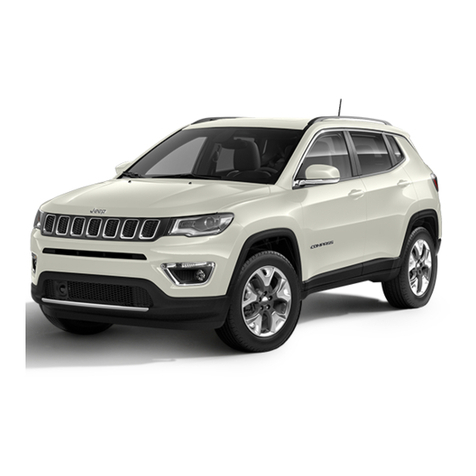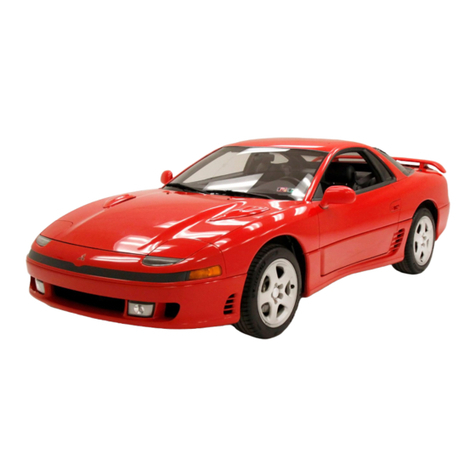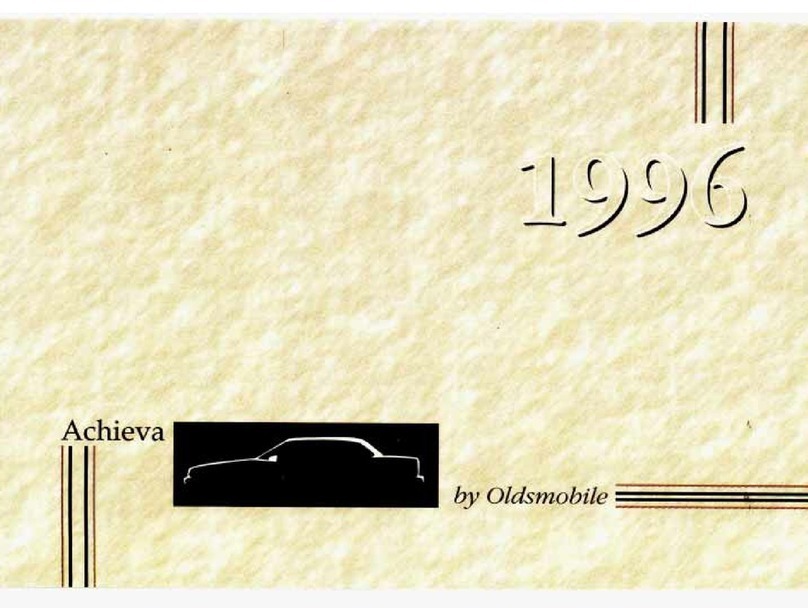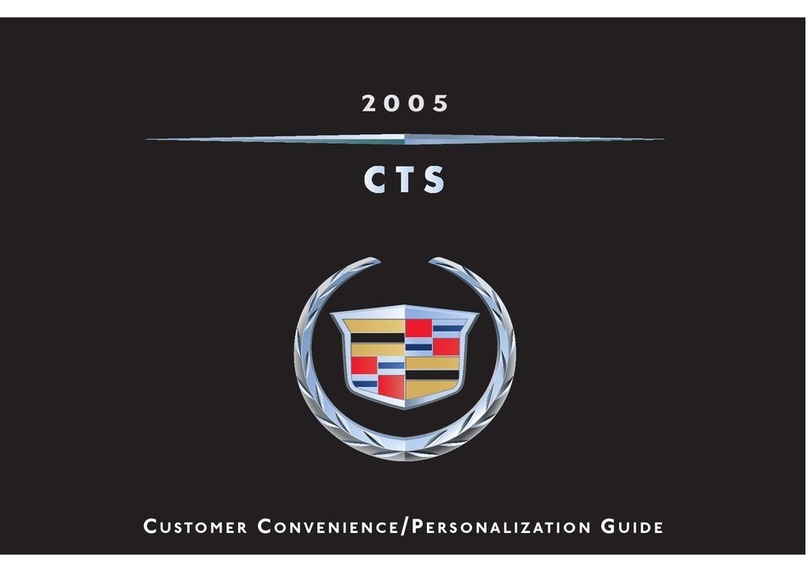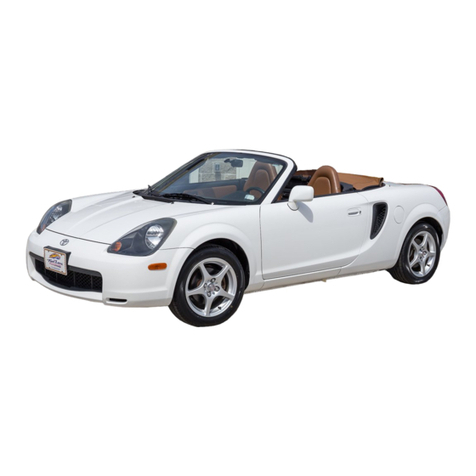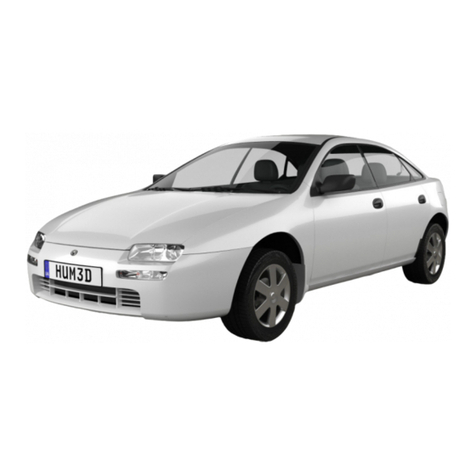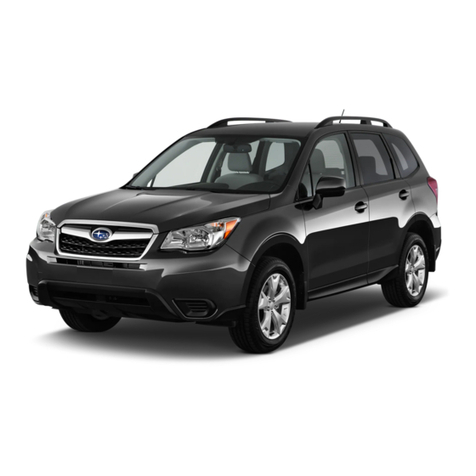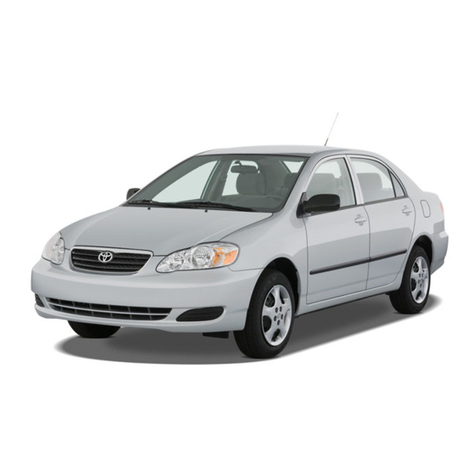I
NTRODUCTION
Volvo Service Organization
To get the most out of the invested capital
represented by a car, it must be looked
after
and serviced regularly. Volvo has
gone to a great deal of trouble in the de-
sign and selection of material to ensure
that the car in question only requires a mi-
nimum of servicing. We rely, however, on
your co-operating with regard to the future
maintenance of your vehicle. To help you
with this, Volvo has built up a world-wide
service
organization.
All
Volvo
dealers
have specially trained personnel and re-
ceive a continuous supply of technical in-
formation from the Volvo Service Organi-
zation
concerning repairs and adjust-
ments. They have also special tools, de-
signed at the Volvo factory. Moreover, all
Volvo dealers have a comprehensive stock
of parts which is a guarantee that the part
you get is genuine Volvo. That is why our
4
dealers are in the best possible position to
give your vehicle first-class service con-
cerning both maintenance operations and
repairs.
You should also refer to your
dealer for any information about your Vol-
vo that is not included in this manual.
Volvo not only has a workshop within easy
reach in your own country, it also has a
widely distributed service network in other
countries.
Warranty and Service Booklet
A warranty and service booklet accom-
panies each vehicle when it is delivered.
This booklet contains a coupon entitling
you to a service inspection after 1 500
miles (2 500 km). If possible, let the dealer
who supplied the vehicle carry out this
service inspection.
Any of our dealers,
however, can do this if required.
I
f
our six-month guarantee is to apply, we
make one absolute condition and that is
that the above-mentioned inspection is car-
ried out at roughly the mileage shown and
that the vehicle has been looked after in
accordance with the instructions given in
this book.
Service Inspections
After the 1 500 miles (2 500 km) service in-
spection has been carried out, you should
come to some arrangement with your
dealer concerning continued, regular serv-
i
ce inspections in accordance with the
suggestions
made in our Service Book.
Thorough and regular servicing is of vital
i
mportance for the performance and length
of life of the vehicle.
Always use genuine Volvo parts.

